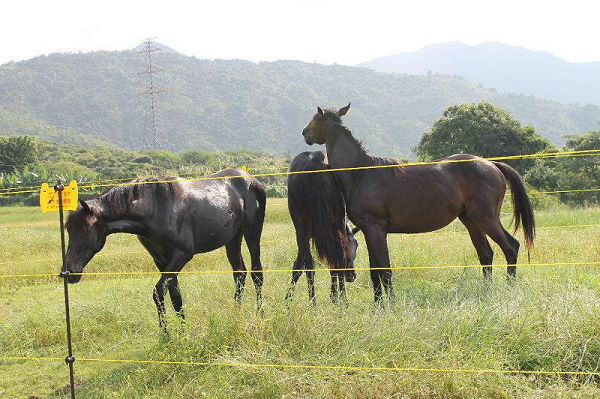Good fences make good neighbors, especially when those fences keep your horse from paying a visit to your
neighbor's Ranch. But farm fencing isn’t only about controlling the perimeter. Here on our rural homestead, I see a landscape of diverse animals and terrain. I sometimes feel overwhelmed with the thought of having to keep it all organized, safe and healthy. There are hardly any tasks as daunting or as essential to the vitality of a farm, be it just a few horses or an intense multi-animal operation, as having a trustworthy fencing system.

One might argue that it is possible to physically contain animals within a fence, but the fact of the matter is that physical barriers are difficult and expensive to create. And even the best wire fences only provide physical containment for a while … usually long enough to become a psychological barrier. An animal thwarted by a wire fence will eventually quit testing the fence … until the grass looks so green on the other side that the pressure builds to the point of fence failure. Without a memorable psychological reminder that messing with the fence is unpleasant, virtually any farm animal will test, push, root, rub and eventually break or find a way through, under or over the barrier.
One the most effective and humane forms of fencing uses an unpleasant electrical shock to remind animals that they want to stay away from that fence. Electric fencing is effective as a stand-alone barrier or as part of virtually any other kind of fence. Most folks will use a combination of electric and some physical barrier, as both methods have pros and cons. I prefer electric fencing for larger areas because it affords flexibility as well as being easy to install at a reasonable price.
Installing an electric fence can be intimidating for those new to the process. In reality, an electric fence is one of the most reliable, safe, cheapest methods of animal containment available.